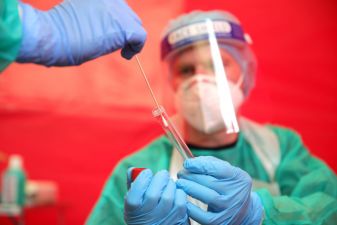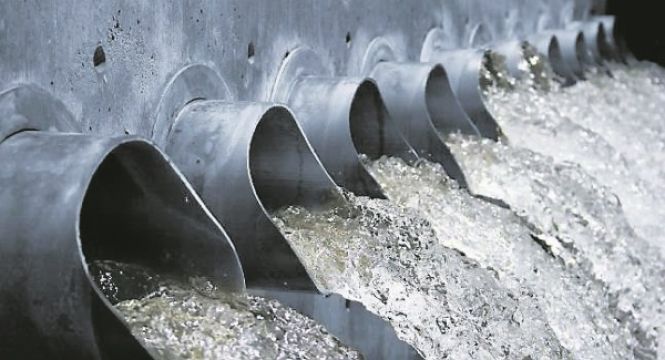A study of the levels of Covid-19 in waste water treatment plants has shown elevated evidence of the virus in the community in recent months.
The Irish Times reports that the UCD study found elevated levels of the virus since early September, and particularly since early December.
UCD microbiologist, Professor Wim Meijer, has been studying the levels of markers for Covid-19 - called RNA - in sewage with his team.
The markers, which can indicate levels of infection in the community, are being studied in the hopes of developing an early warning system for new waves of the virus.
We know faeces from people infected... can contain genetic material (RNA) from the virus
“We know faeces from people infected with the SARS-CoV-2 virus can contain genetic material (RNA) from the virus, and that it is possible to detect that viral RNA in sewage,” Prof Meijer said.
Researchers are currently sampling Ringsend and Shanganagh waste water treatment plants in south Dublin and Enniskerry waste water plant in north Co Wicklow.
On Wednesday, the professor published three graphs showing the results of tests on each of the three waste water plants.
“Increase in SARS-CoV-2 RNA levels in the influents of the Ringsend, Dublin, and Shanganagh Bay wastewater treatment plants (22 December),” he said.
Increase in SARS-CoV-2 RNA levels in the influents of the Ringsend (Dublin) and Shanganagh-Bray wastewater treatment plants (22 December)@laurasalamicro @NiamhMartin9 @liamrey @NerdyNic@UCD_SBBS
Funded by @scienceirel and #EUIrelandWales as part of @AcclimatizeEU #covid_19 pic.twitter.com/tMmkUlherOAdvertisement— Wim Meijer (@WimGMeijer) December 22, 2020

In Ringsend, the graphs show sporadic peaks since the end of August, with peaks becoming higher since the end of September, falling in mid-November, and continuously rising again since December 9th.
In Shanganagh, the graph also showed increases in September, though the Enniskerry graph showed a significant decline in markers indicating the presence of the virus since November.
Prof Meijer has previously said the results of his studies would “provide insight into the prevalence of the virus in the community, and serve as an early warning system for a new wave of infection.”
The research project has received Government funding as part of the State’s response to the pandemic.







